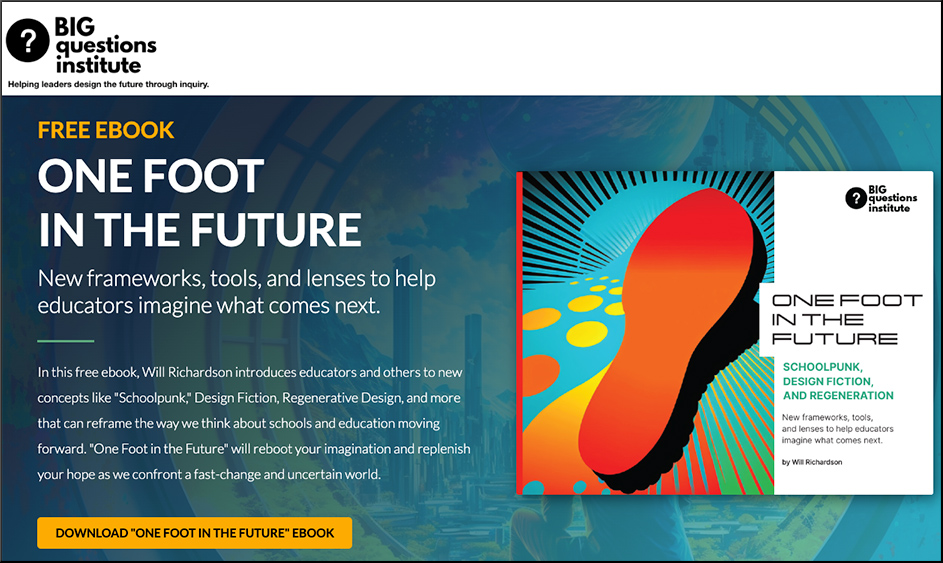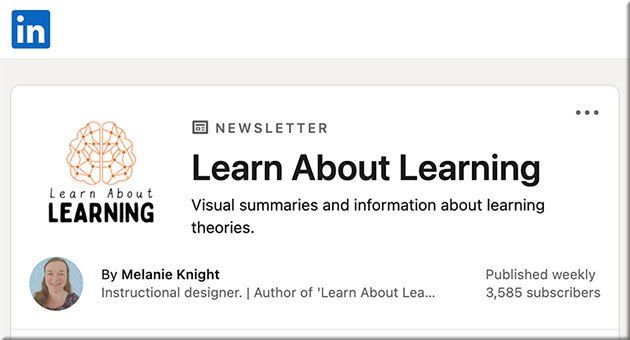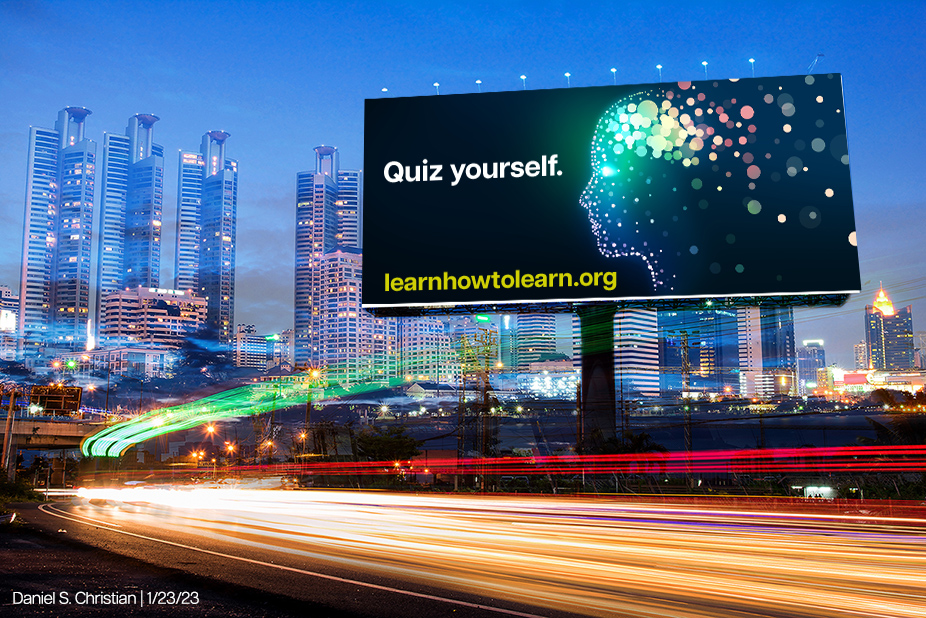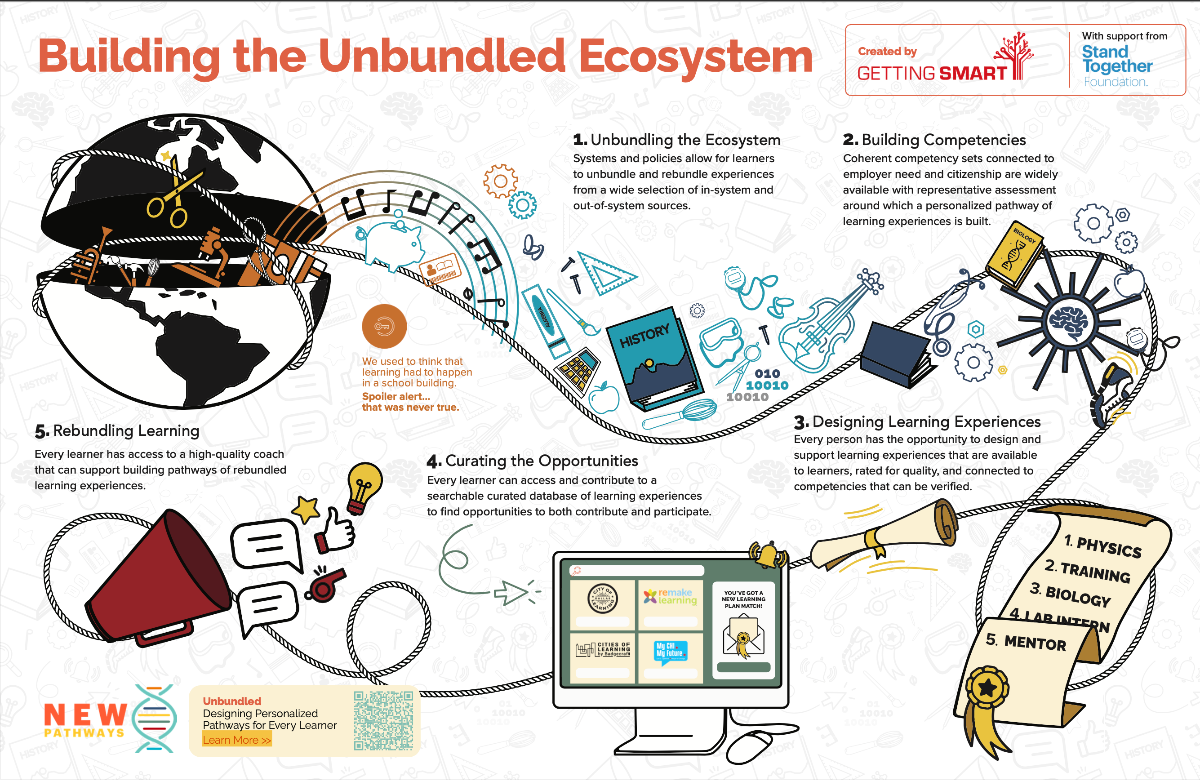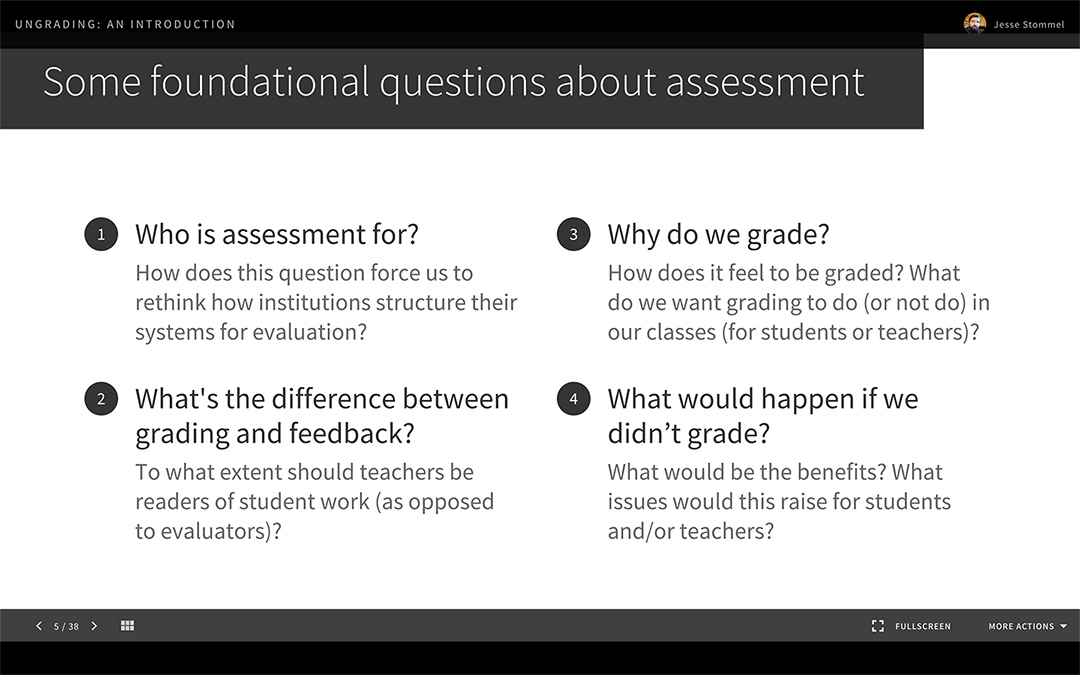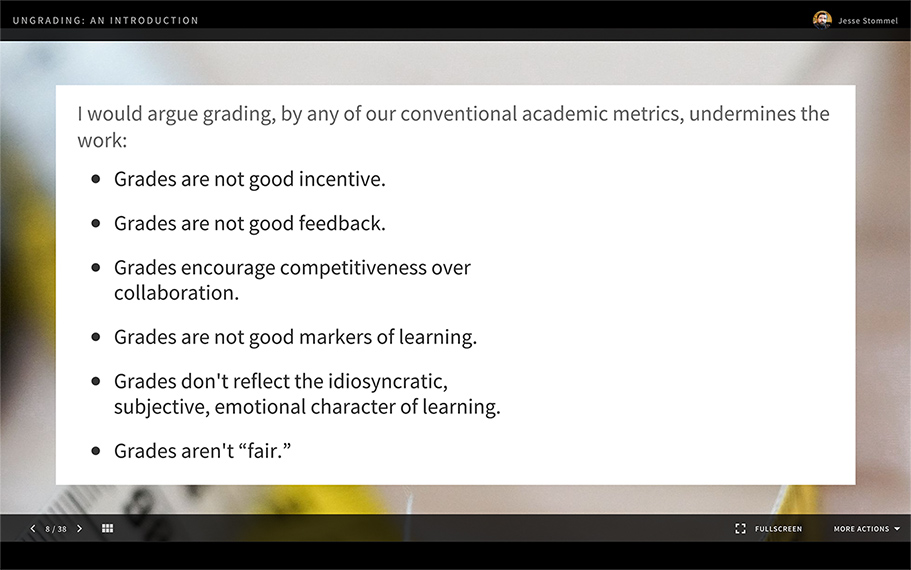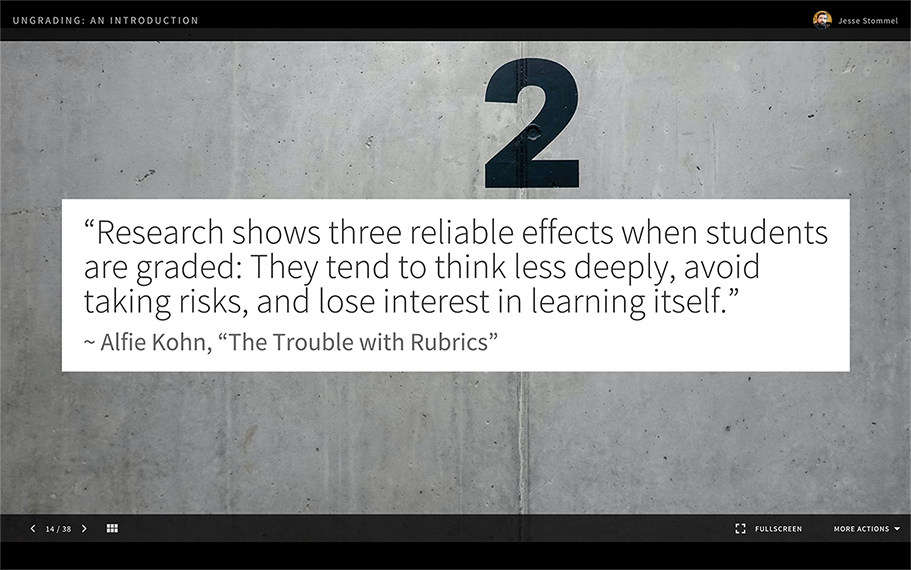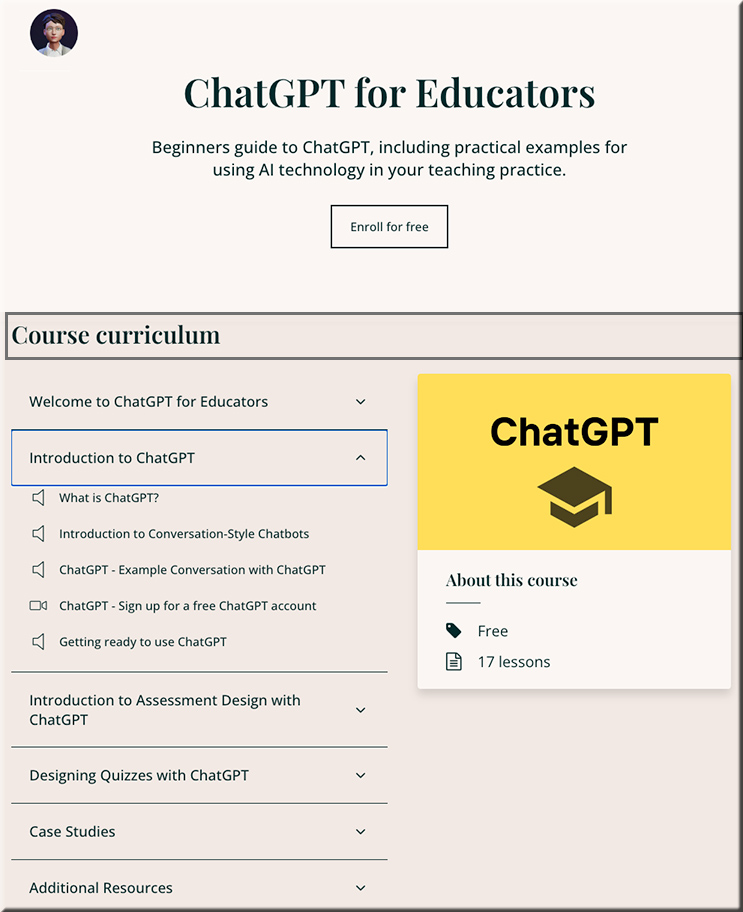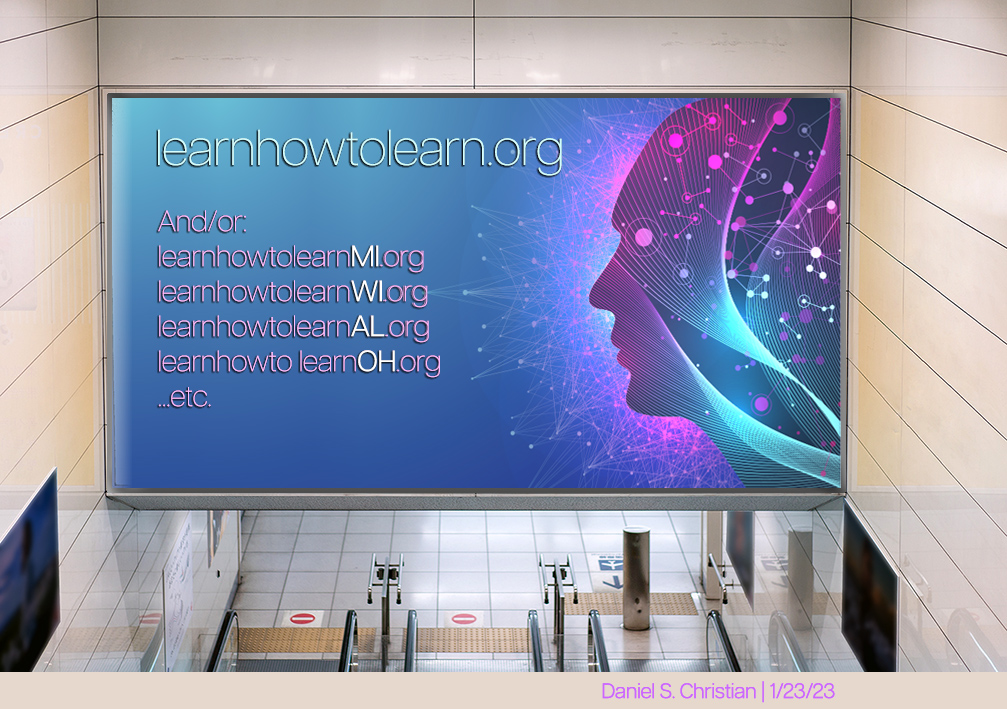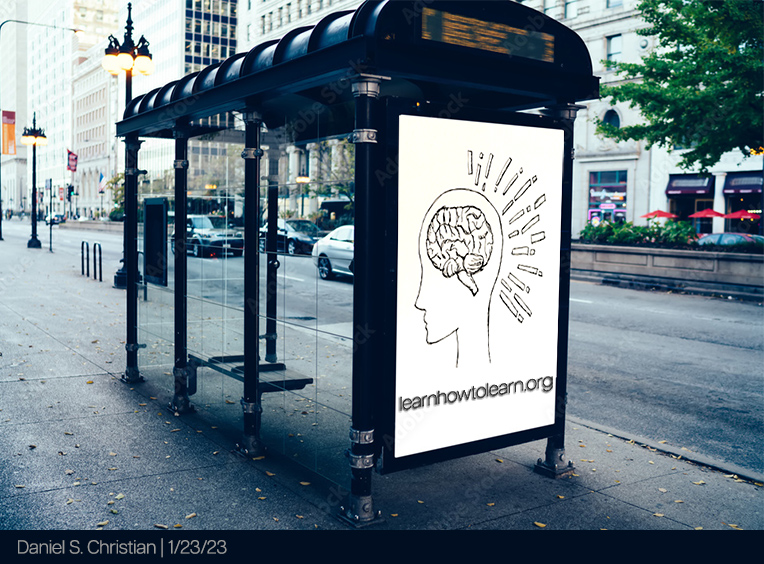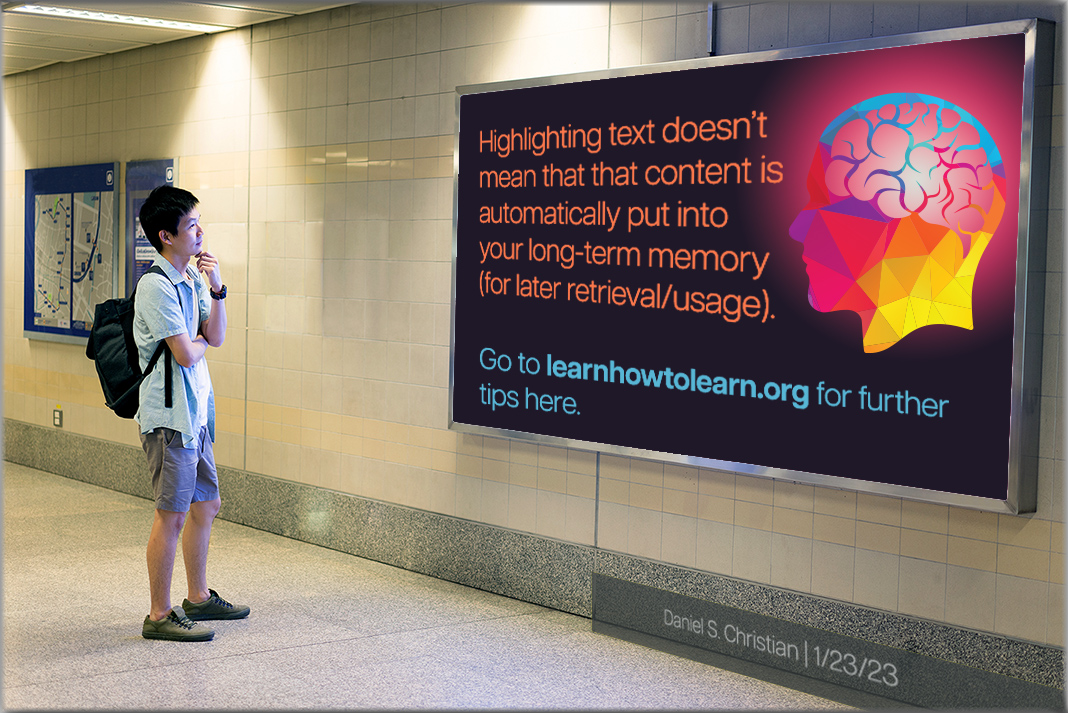Incremental Change Didn’t Save Blockbuster. It Won’t Save Education, Either — from the74million.org by Mike Miles; with thanks to Rob Reynolds for this resource
Broken public school systems need wholescale change if they are going to prepare students for the skills they will need by 2035
Excerpt:
Perhaps the biggest failure of the current education ecosystem is its inability to envision what the future holds for our students and to make systemic changes now to prepare them for that future. Shackled to a monolithic, change-resistant system, school and district leaders continue to make incremental and piecemeal changes to a broken system expecting to get different outcomes.
In an analogous way, almost all public-school systems are like Blockbusters in the late 1990s — unwilling to assess the impact of technological advances and consider how they might need to revisit their design principles. In the end, if an organization does not move purposefully toward some likely future, then any path forward will do, and it is likely to be the path they are currently on.
From DSC:
The following quote…
Using a split-screen strategy, a district would not attempt to make systemic changes district-wide. Rather, it would implement transformative changes in one or two schools while continuing to make incremental improvements in the rest of the district. Once the schools operating with the new system principles achieve the outcomes and succeed, they will become proof points to allow the district to implement systemic change in even more schools over a period of time.
…made me think of a graphic (see below) — and an article out at evoLLLtion.com — I developed a while back re: the need for more Trim Tab Groups. I think we’re talking about the same thing here.

Addendum on 2/4/23:
A Few Educators ‘Going the Extra Mile’ Cannot Save the Education System — from edsurge.com by Jennifer Yoo-Brannon
Excerpt (emphasis DSC):
Not a Pyramid, But a Garden
Instead of a pyramid, let’s adopt a new image, a more organic one. School communities are webs of complex relationships, like gardens. Imagine if we all understood a school community like a Three Sisters Garden. In this Indigenous agricultural practice, corn, beans and squash grow together to create a sustainable cycle of growth in which the whole garden can thrive. Corn provides the tall stalks for the beans to climb. The large squash plant leaves provide shade so the soil can retain moisture, and the beans provide the nitrogen to fertilize the soil. The garden does not rely on the exploitation of one crop to allow the rest to grow.
From DSC:
Re: the emphasized text immediately above…that sounds like a learning ecosystem to me! 🙂









